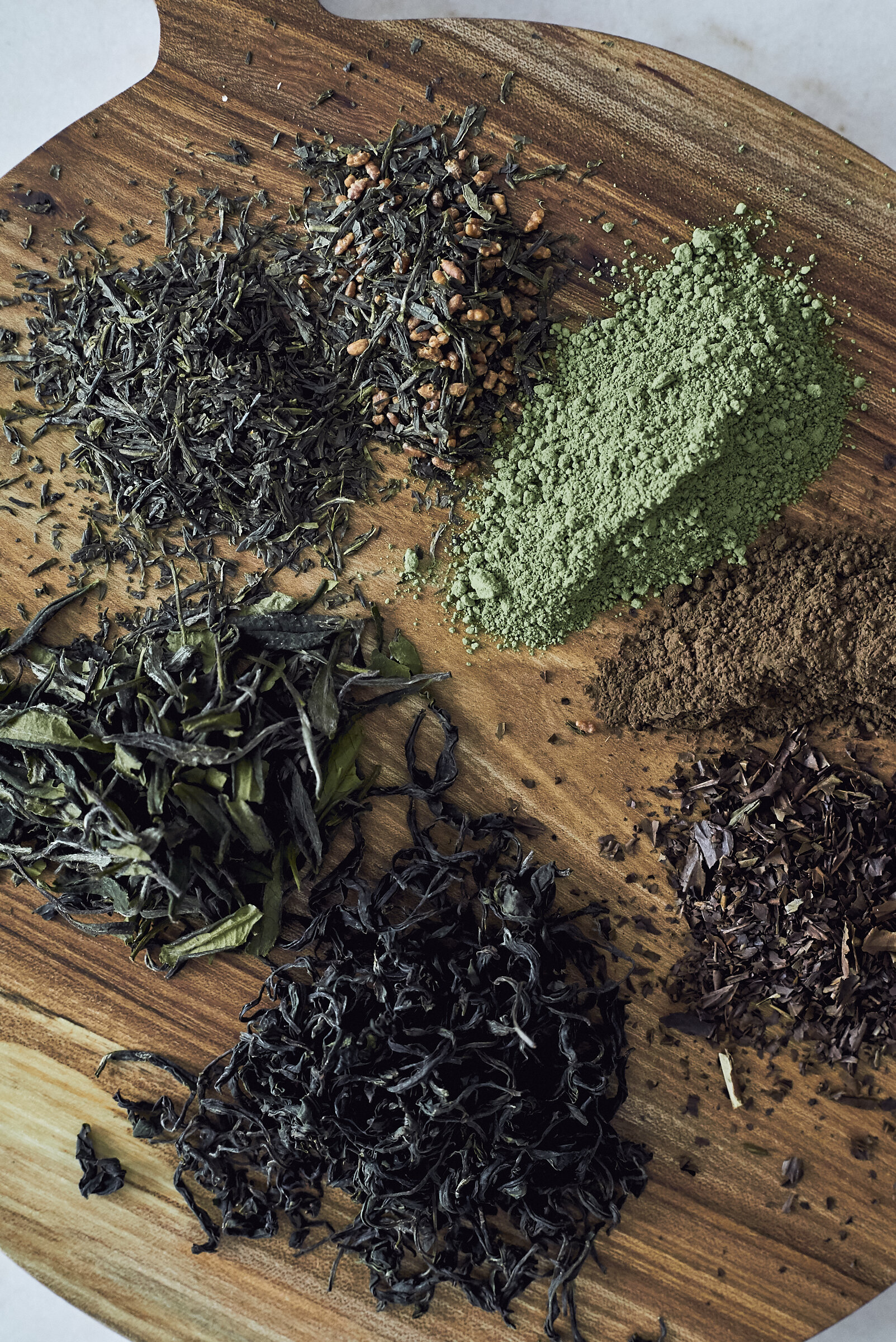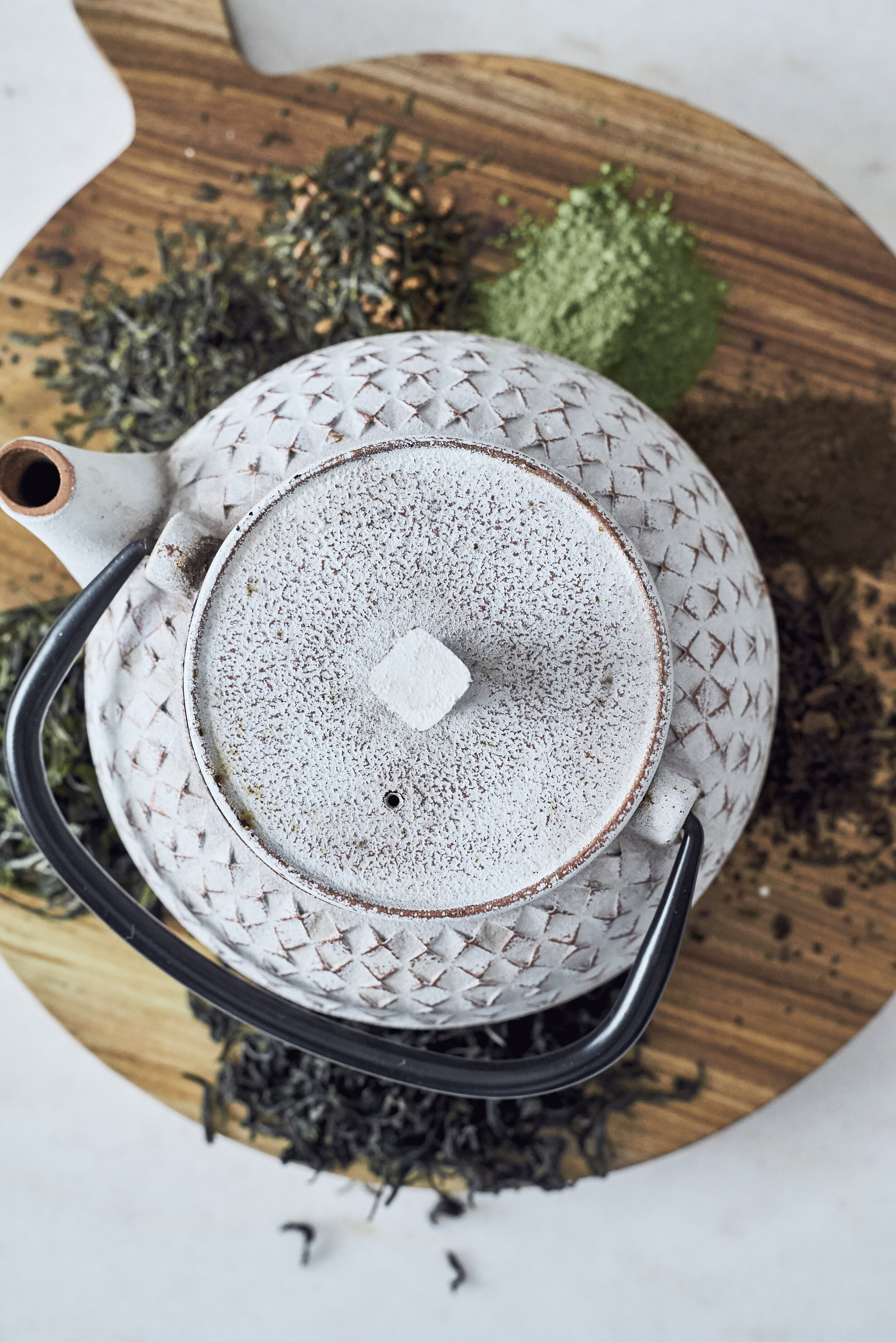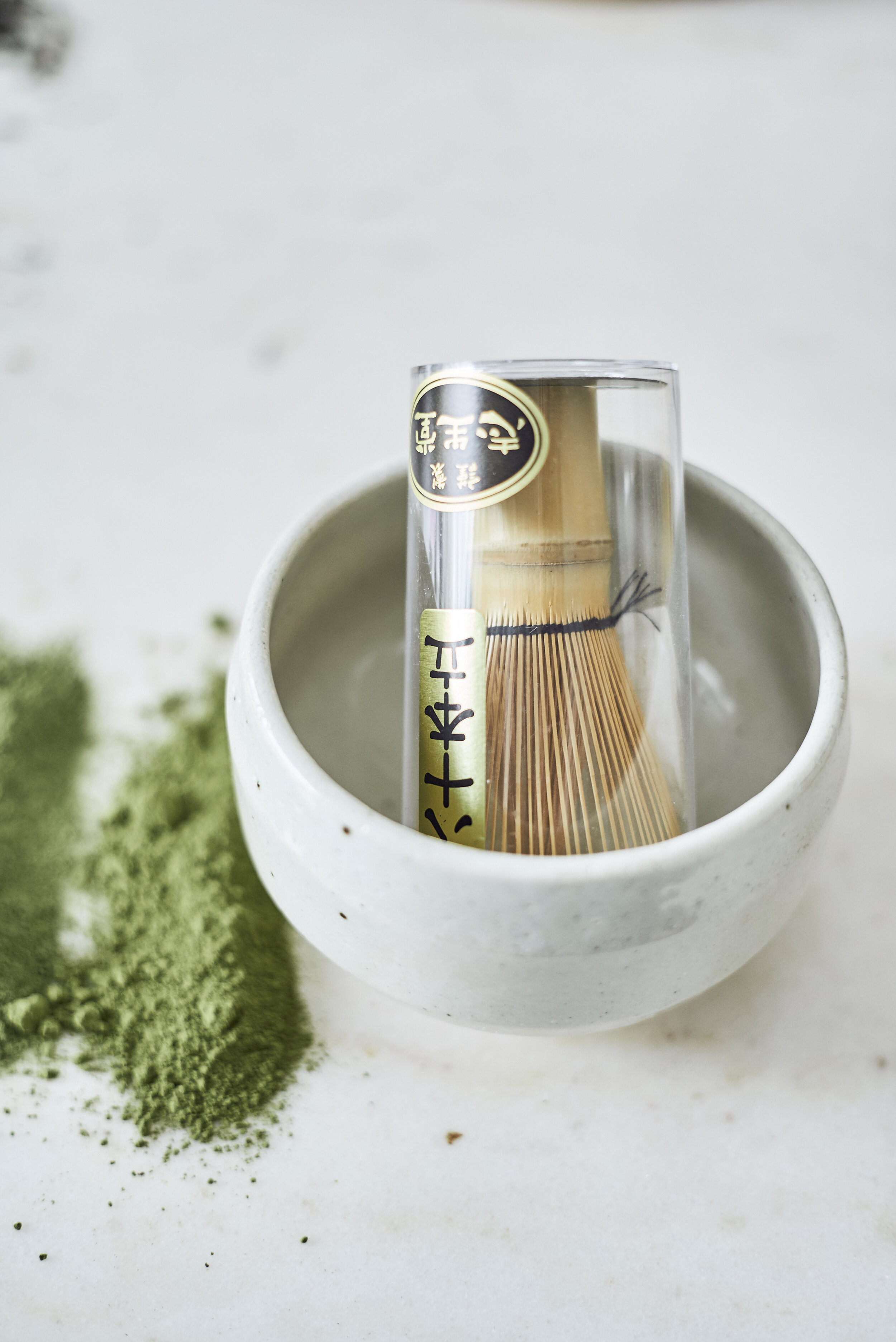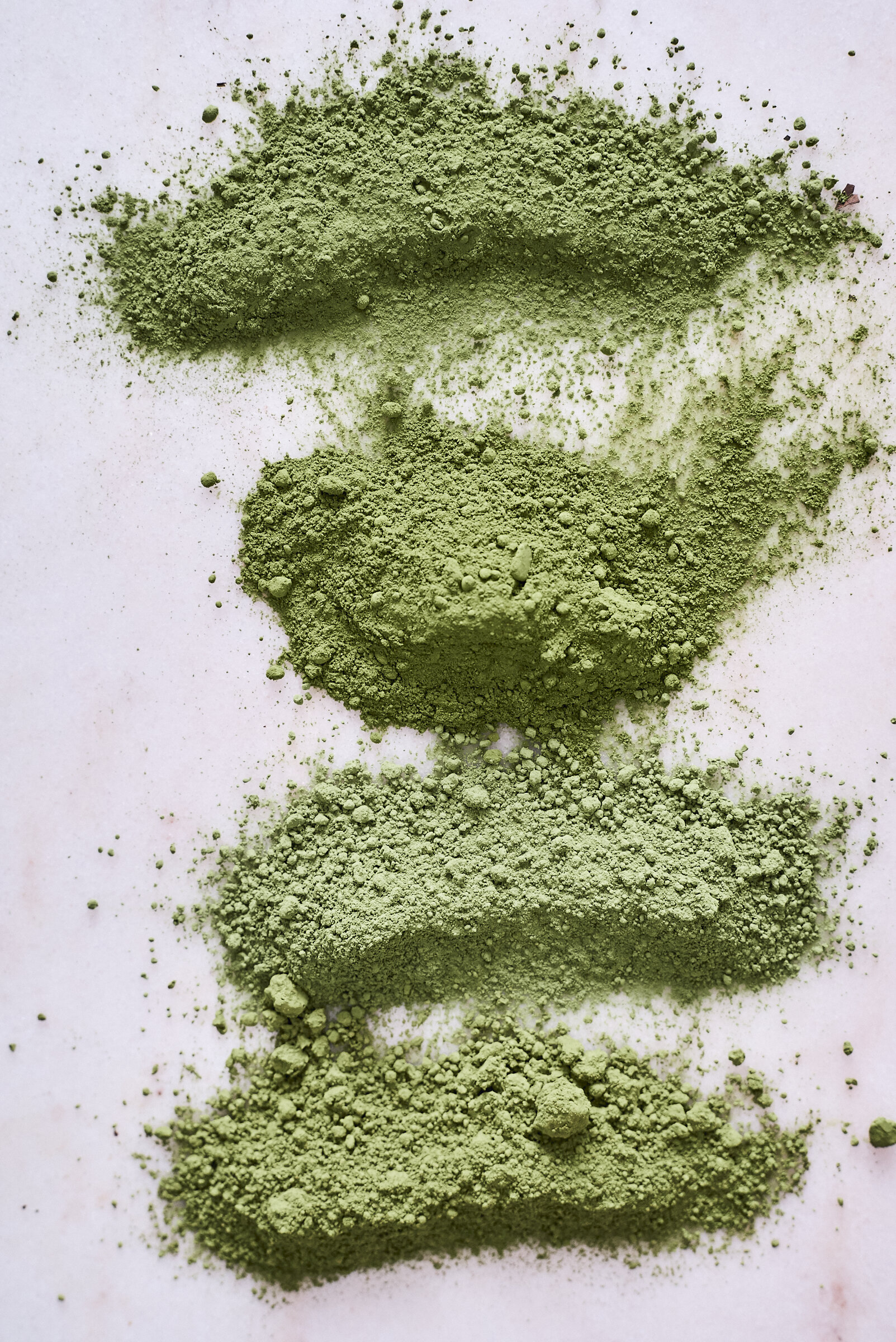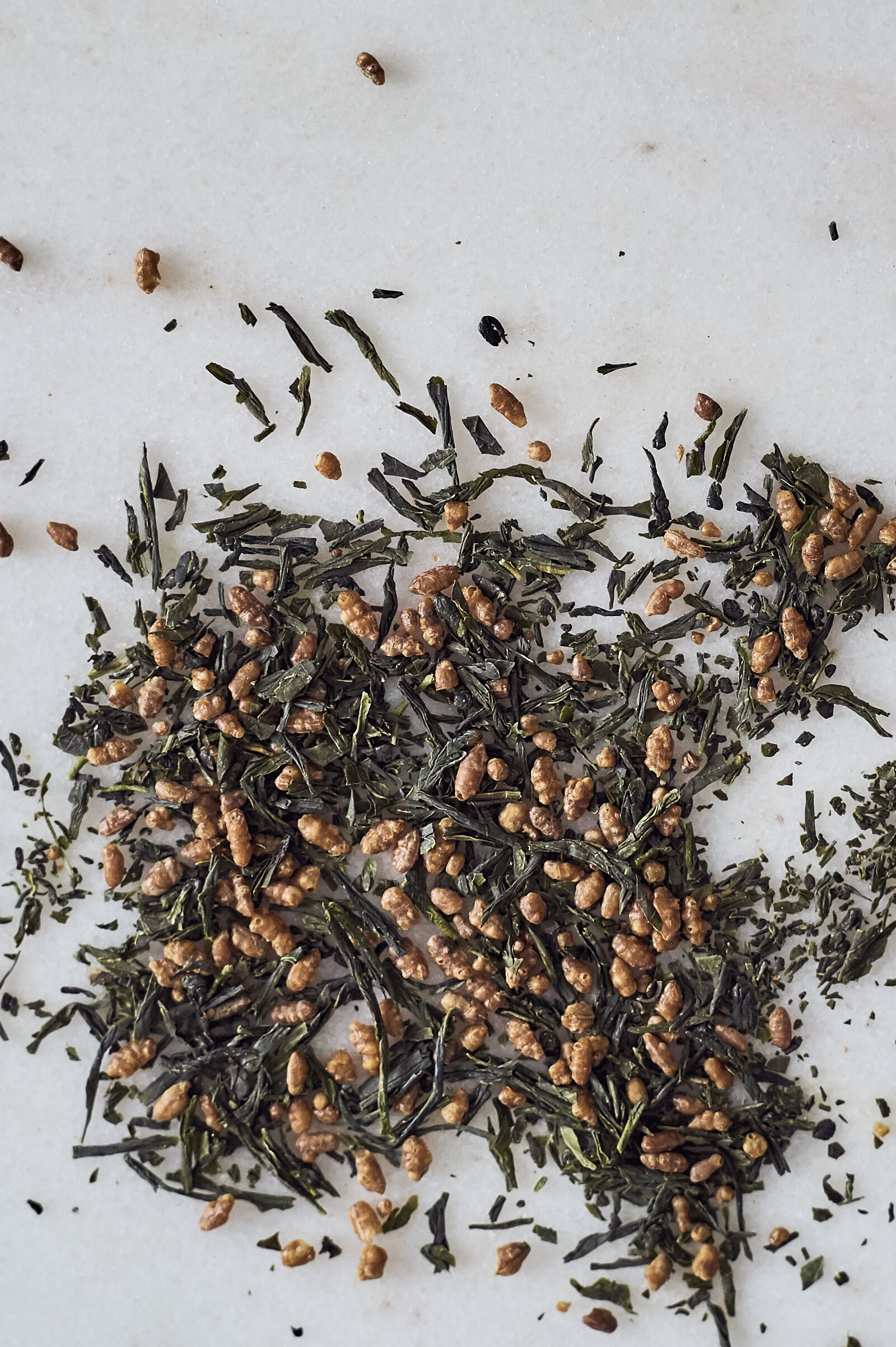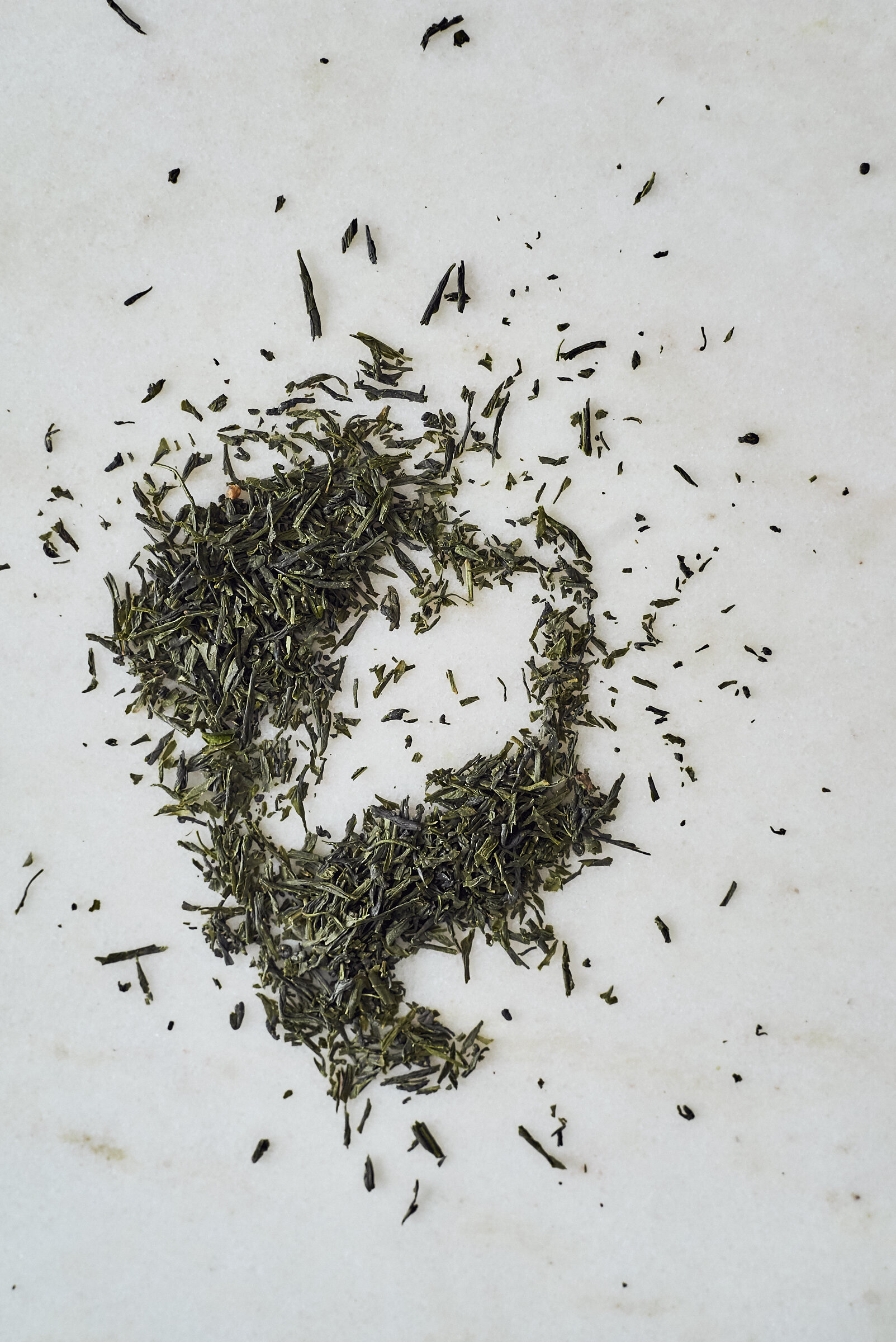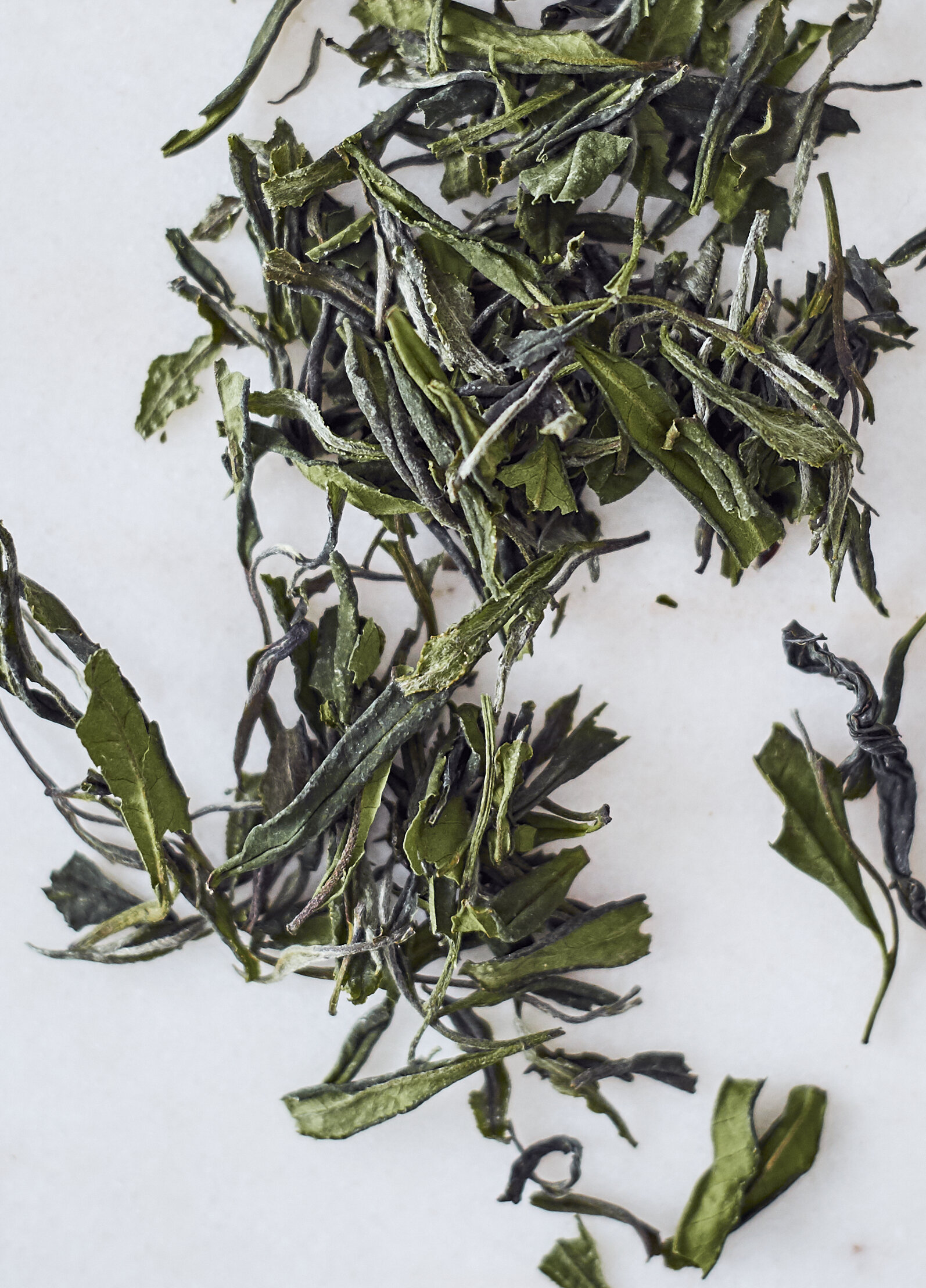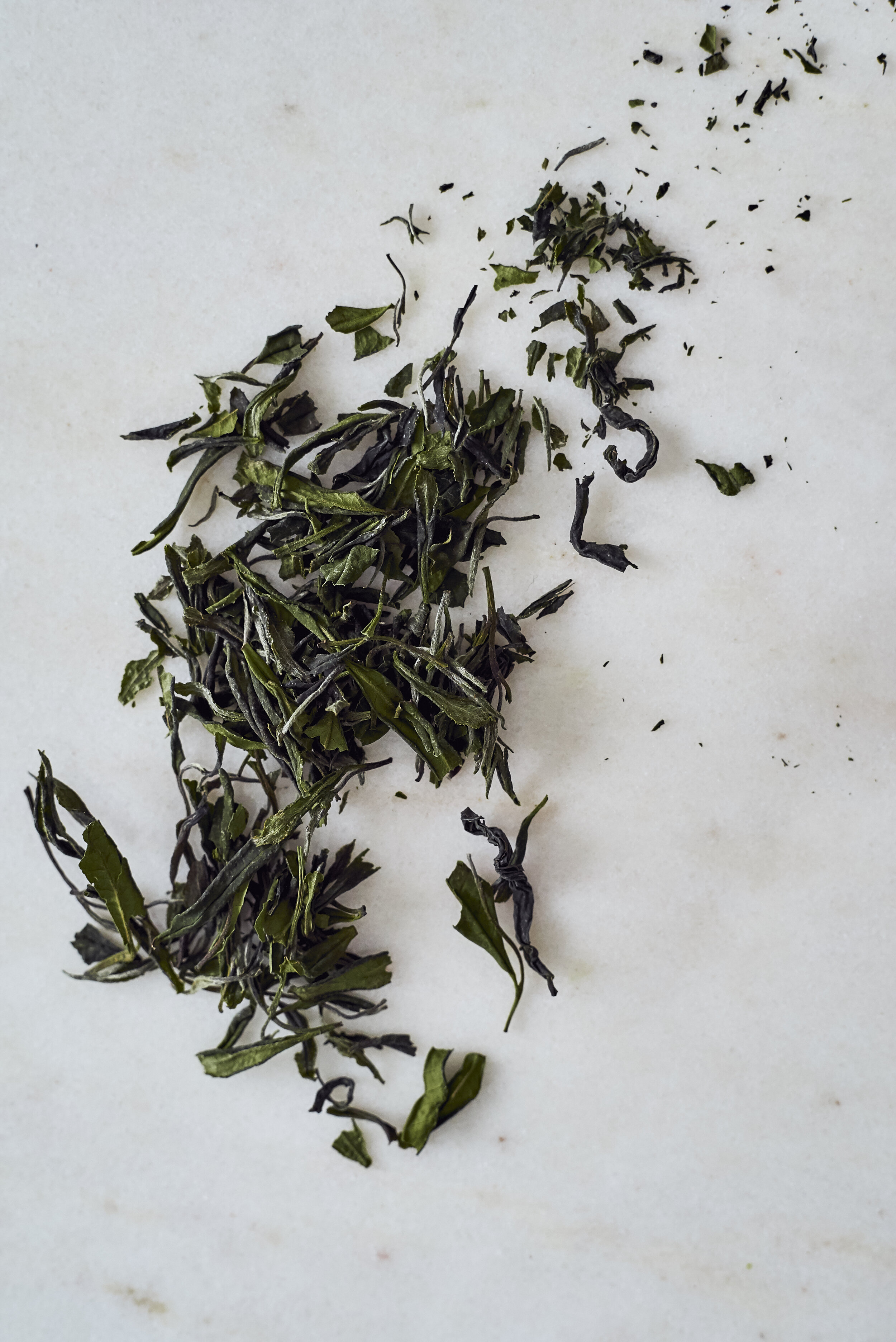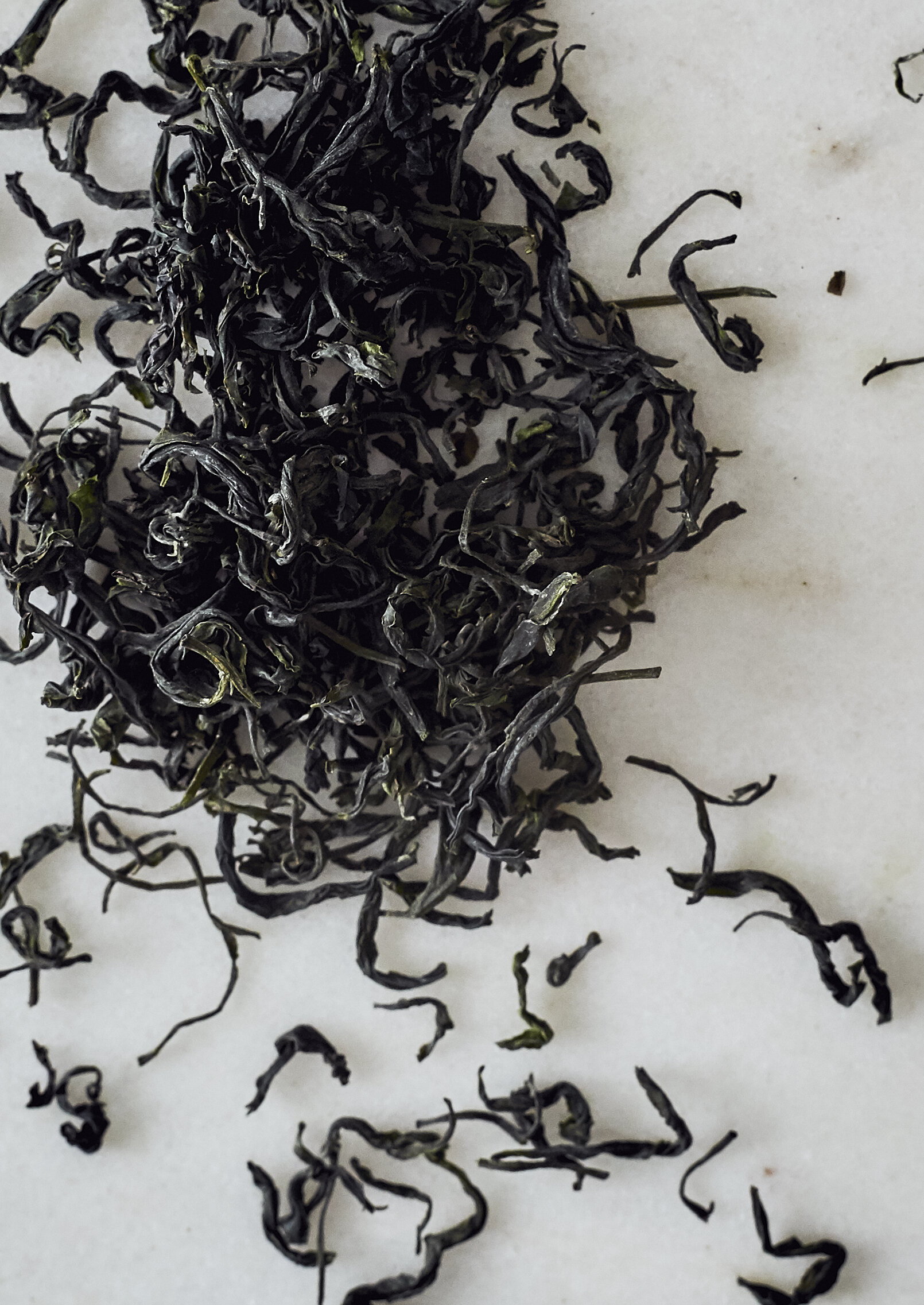Japanese tea
“ It is not the fashion that determines what, where, and why a Japanese consumes tea: it all lies in traditions, respect, and health benefits, and today’s lifestyle is the last to be considered.”
Without knowing it, many of us have embarked lately on a Japanese tea journey by sipping matcha latte more than often, yet not many of us acknowledge the fact that matcha is just one tiny part of Japanese tea culture available to enjoy. Yes, some of us might know the name sencha too, mostly remembering it as very bitter green tea to skip when offered the next time.
Japanese tea culture, which we associate only with matcha these days, is much more ancient and deep-rooted than the drink we have so easily adopted in exchange for coffee. The long history of green tea in Japan dates back to the 12th century, where (yes - believe it or not) only 3% of all tea is exported - the rest of it is consumed locally. Of course, there was tea before the 12th century (in 805 CE, Japanese monks returned from China with some tea in their bags), but it was in the 12th century when things changed, and tea started to bloom in Kyoto prefecture.
Today tea is consumed all day, every day, no matter the location or occasion. Restaurants serve Hojicha and Bancha, matcha is popular in cafes and patisseries, special tea is celebrated in tea ceremonies, and Gyokuro and Sencha are enjoyed among close friends or smaller gatherings. It is not the fashion that determines what, where, and why a Japanese consumes tea: it all lies in traditions, respect, and health benefits, and today's lifestyle is the last to be considered.
Although Japanese tea is grown all over Japan and even in some parts of China, Indonesia, and Vietnam (the latter three have been chosen to grow Sencha tea as there is not enough in Japan), the majority of Japanese teas grows in Honshu and Kyushu regions that sit between the 31st and 36th parallels. The climate there is cooler than one would imagine, and a cultivar Yabukita (let us keep in mind there are around 50 cultivars) developed in 1954 because, is the most widely grown because of its ability to withstand rainfall, cold, and heat. It grows abundantly, soaking the best from the country soil and gives four harvests a year: the first, SHINCHA, is always the most prized, which connoisseurs hunt for. Green tea, in all shapes and sizes, possible drinks, and tastes, is a staple of Japanese culture, leaving no room for a day free of tea. It is the backbone of good health, slower living, appreciation, and preserving traditions.
A few notes on green tea:
- Green tea is mostly non-oxidised tea and looks like a rolled tea leaf, which it is.
- Since green tea is treated very gently, it is prized for its nutrients and values that benefit our body, and Japanese teas are especially famous for this.
- Green, Oolong, and black tea come from the same tea plant. Only the process determines what it will be at the end.
Japanese tea world
Sencha, the most popular tea in Japan and know worldwide, is one tea that you either love (if the first sip has been adequately prepared) or hate (if you have tried a cheaper, incorrectly prepared version). When it is of high quality and made right, Sencha is magic combined in one cup where you can sense so much: freshly cut grass, sweetness, subtleness, color ranging from light to vivid green, a touch of honey, and perhaps seaweed. It is all there.
Gyokuro is a unique green tea grown in fields covered with straw to lower the tannins and increases umami flavors responsible for the beautiful amino acids, which add a touch of seaweed flavor. When drunk, the tea resembles something from a beautifully crafted Japanese soup stock, which might sound odd but is purely delightful when consumed.
Hojicha tea is a green tea roasted in high temperatures, and due to the roasting, the typical bitterness dissolves, leaving a much smoother tea with a deliciously brownish color. Both hojicha tea and hojicha powder are full of catechin (an antioxidant that helps to dissolve fat) but low in caffeine, so they are easier to consume. There are many varieties in the market, and the difference lies in the roasting time, sometimes even double roasting, and the chosen temperature. The tea is to be enjoyed like any green tea, and the powder almost the same as matcha – brewed like it is, in lattes, and all forms of baking.
Matcha, the beautiful and pungent Japanese tea we cannot imagine Japan without, actually dates back to the Tang dynasty (618 to 907), when drinking powdered tea was an everyday norm brought to Japan by Buddhist monks. Today, the matcha tea ceremony is a fundamental part of Japanese tea world, where the tea is grown in many corners of Japan, but the best is considered from the Uji region. But you might ask: “Where does that distinctive color come from if it is the same green tea as sencha, but much brighter?” The answer lies in shading, which happens in the fields a few weeks before harvesting resulting in higher amounts of the chlorophyll that we love so much. After harvesting, the leaves are steamed, dried, and ground, taking up to 1 hour for 30 g of matcha in a special matcha granite grinder. When buying, know what you are going to use it for and decide wisely as there are many grades of matcha available from ceremonial to the ones mixed with sweeteners for drinks, lower grades for confectionery, and very low grades for those who seek a lower price and have no understanding of this precious drink.
Genmaicha is recognized as the people’s tea in Japan as it is the first choice when choosing a hot or cold tea on any day and at any time. It is a mixture of sencha tea and rice: in the old days, rice was added to give added volume and decrease the price, but these days, it is admired for its excellent taste.
Sayama tea is lightly oxidized and considered a “new addition” to Japanese tea culture. It is somewhere between green and Oolong tea, and that's why it is very different - a tea full of smoothness, floral aromas, and stunning amber color.
Benefits of green tea and when to consume it:
- Relaxation. Theanine in tea relaxes us, and it is best released when sencha and gyokuroare made in 70°water, not hotter.
- Sleep. You can use sencha before sleep, but be careful, as the caffeine in the tea stays longer in our bodies, so use half of the amount you usually drink to have a good night's sleep.
- Colds. Catechins work against colds, so drinking tea or even gargling with it helps fight against colds.
- After oily meals, Hojicha and Bancha are the two teas to consume. Brewed strong and with hot water (90 degrees), they give the best results.
- Morning. Be careful when drinking green tea on an empty stomach as the caffeine and catechin might irritate you, so use a very light brew if you must start the day with a green tea to embrace the moment fully.
- Brain. Due to its high caffeine content, it is good to use Sencha and Gyokuro when getting ready for exams or doing a lot of brainwork.
- Workout. It is advisable to drink sencha steeped in 90° water for 30 minutes before your workout as caffeine works wonders on muscles.
- Intoxication. On days after parties and bigger events, boil sencha to stimulate expelling alcohol. Tea in 90° water is the best in this situation.
Good to know:
-o chameans Japanese green tea.
- bitterness is widespread in green tea if brewed wrong. Use 70°–80°water to let the caffeine and catechin release slowly and make the tea sweeter and subtler.
- try making a sparkling sencha tea drink. Take the tea, pour over a small amount of cold water, and leave it in the fridge for 12 hours to infuse. Drain. Add a splash of lemon juice and sparkling water. If you desire, make it like lemonade by adding syrup.
Text and photos: Signe Meirane
Interesting


